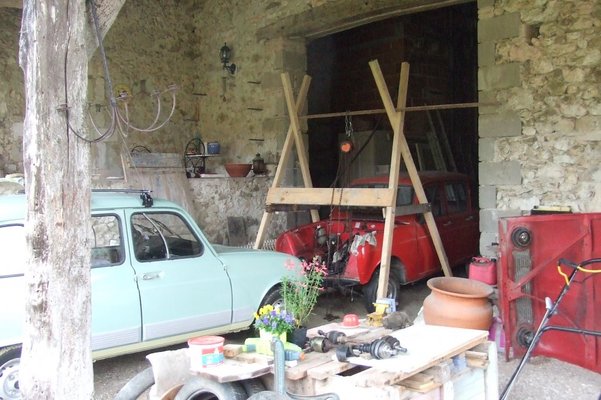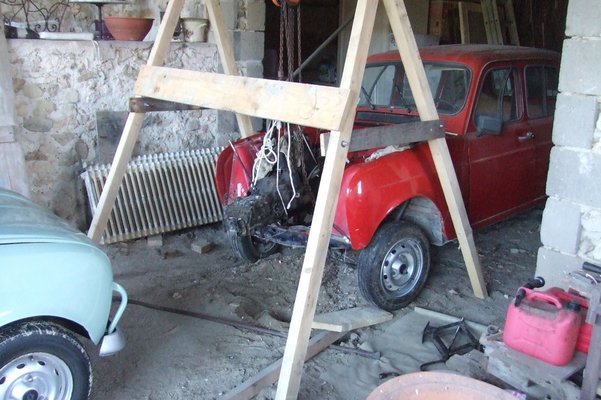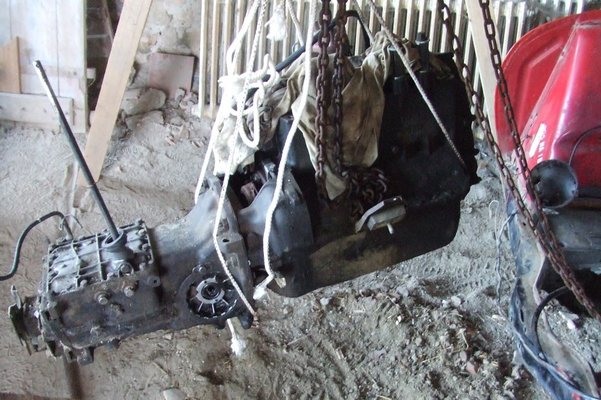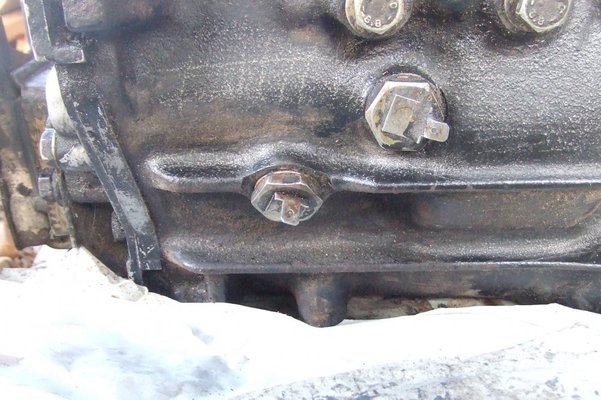mojobaby
Enthusiast
- Messages
- 1,320
I have no idea why the previous owner welded the exhaust to the silencer.
The weld was underneath the pipe so I couldn't see it. After 30 minutes of struggling, thinking it was just rusted together, I removed everything and discovered the weld.
Seeing that the whole exhaust and silencer were disassembled, I sanded off all the rust and resprayed, but forgot to take a photo before I replaced it. Damn!
The weld was underneath the pipe so I couldn't see it. After 30 minutes of struggling, thinking it was just rusted together, I removed everything and discovered the weld.
Seeing that the whole exhaust and silencer were disassembled, I sanded off all the rust and resprayed, but forgot to take a photo before I replaced it. Damn!





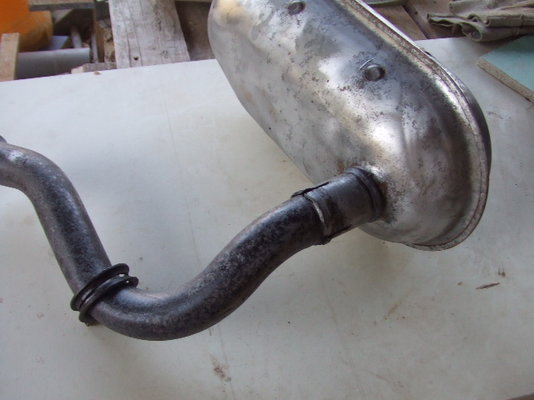
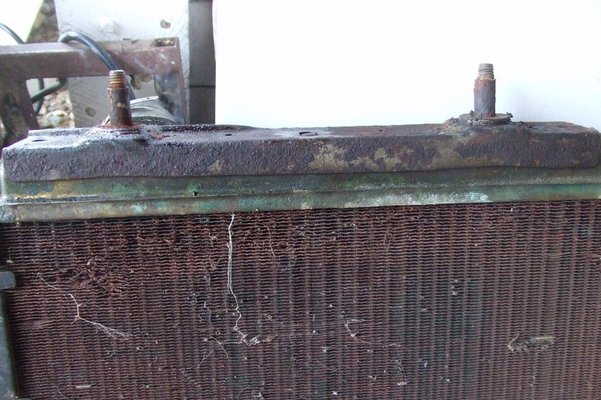
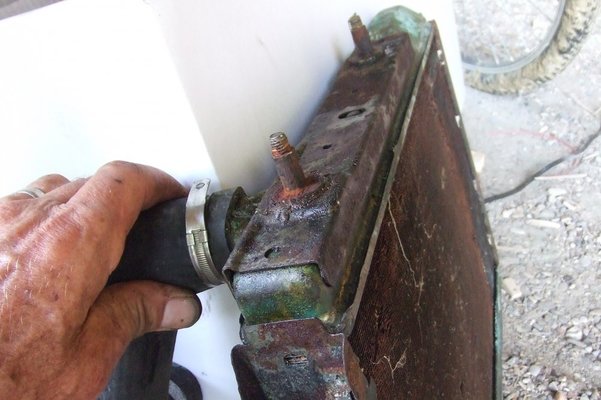
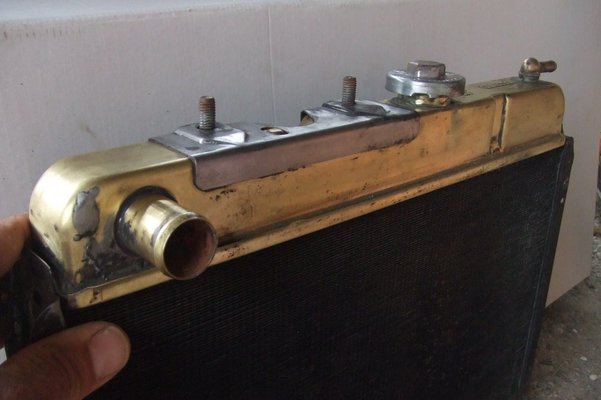
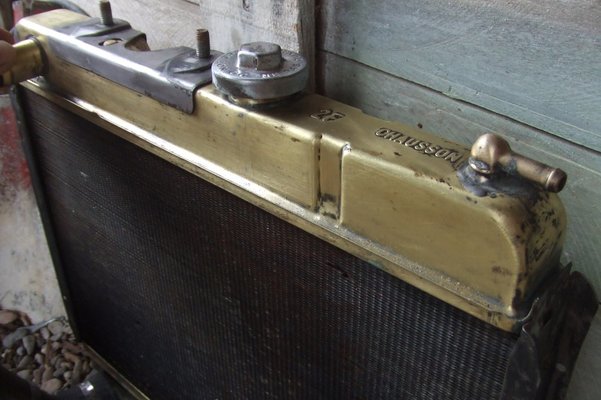
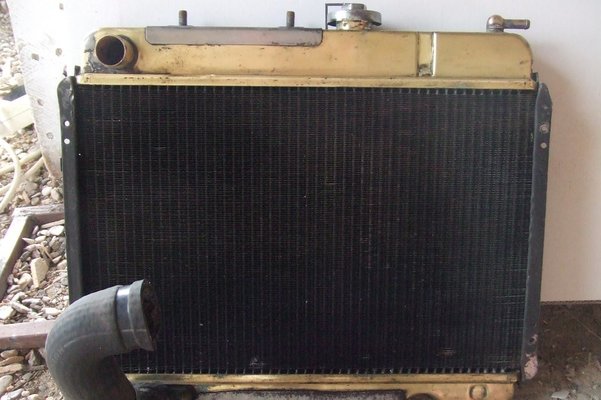
 .......The diesel, being a very thin oil creeps between everything with capillary action and frees anything off....just be patient with it, its better than having to do a head job !
.......The diesel, being a very thin oil creeps between everything with capillary action and frees anything off....just be patient with it, its better than having to do a head job !